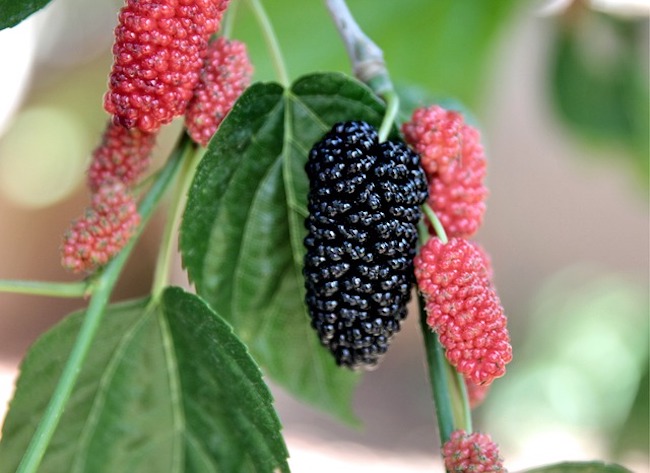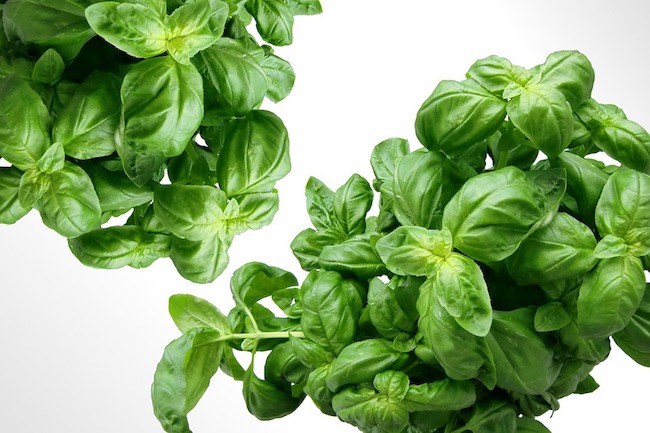Five Ways To Increase Protein Intake As We Age By Katherine Appleton, Bournemouth University and Emmy van den Heuvel, Bournemouth University via Natural Blaze
Protein is an essential part of a healthy diet. It helps us build and maintain strong muscles and bones, helps us better recover from illness and injury, and reduces likelihood of falls and fractures. But, as we age, many of us don’t get enough protein in our diet. This is partly because our appetites diminish naturally as we get older. Convenience, effort, and value for money, are also reasons that older adults may not get enough protein.
However, protein is extremely important as we age. This is because our bodies become less able to convert the protein we eat into muscle and other important biological factors that help us better recover from illness and injury – so we actually need to eat more protein as we get older.
Here are five tips to help you get enough protein in your diet as you age.
1. Add sauces and seasonings
Research shows that the taste and flavour of high-protein foods can encourage older adults to consume more of them. And taste and flavour are easily added with sauces and seasoning.
In studies where we have offered older adults a hot chicken meal either with or without sauce or seasoning, we find more chicken was eaten from the meals with sauce or seasoning compared to plain meals. Meals with sauces and seasonings were also rated as more pleasant and tastier than the plain meals.
Adding sauces and seasonings to meals can increase the consumption of high-protein foods. Participants also subsequently ate equal amounts of protein at the next meal following flavoured meals and plain meals, meaning that their protein intake was increased overall.
2. Add cheese, nuts or seeds
Some foods that add flavours are naturally high in protein themselves. Good examples are strong cheeses – like blue cheese – as well as nuts and seeds.
As well as protein, cheese is full of calcium and other micronutrients, including Vitamins A, D and B12, which also help maintain strong bones. Cheese can be easily added to soups, salads, pasta or mashed potatoes.
Nuts and seeds can be added to breakfast cereals, salads and desserts such as yoghurts, and can provide an interesting texture as well as added flavour. Nuts and seeds are good sources of plant-based protein, and are also high in healthy fats, fibre, and many vitamins and minerals, and can reduce risk of many chronic conditions, such as cardiovascular disease and type 2 diabetes. However, nuts and seeds may not be suitable for everyone (as they can be difficult to chew), but cheese is soft and full of flavour.
3. Eat eggs for breakfast
Breakfast meals tend to be low in protein – so eating eggs for breakfast is one way to boost protein intake.
Our recent study found egg intake could be increased by providing people with recipes and herb or spice seasoning packets that increased the taste and flavour of eggs. We gave participants recipes that used both familiar and exotic ingredients, from a variety of countries, for dishes that required a range of preparation methods. Egg intakes increased after 12 weeks by 20%, and were sustained for a further 12 weeks in those who had received the recipes.




